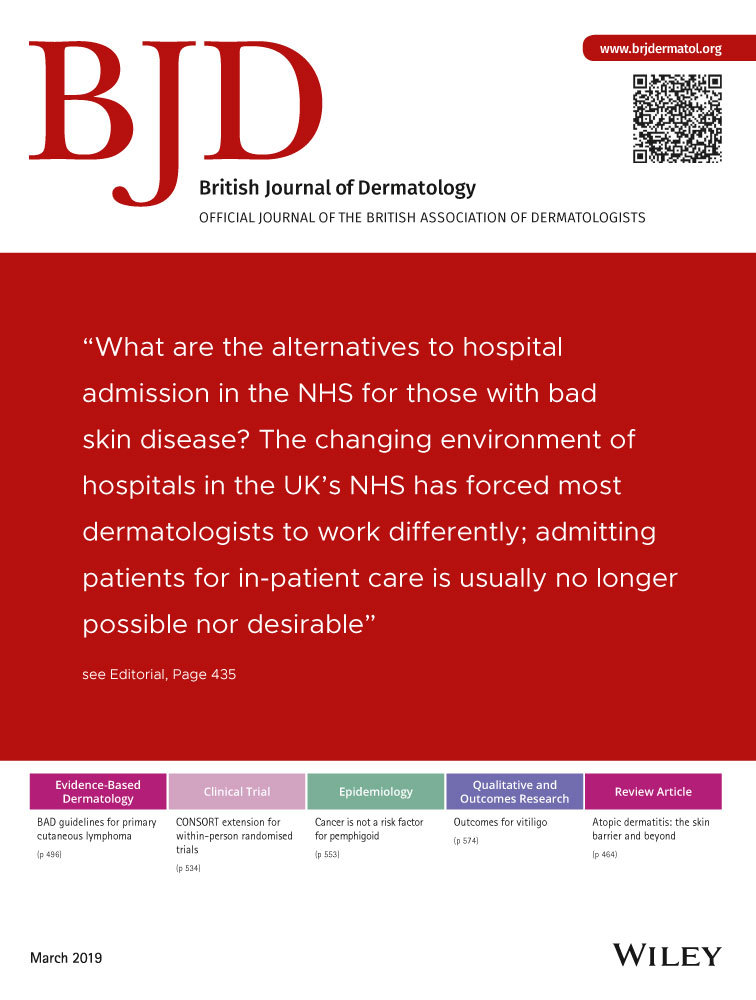Management of organ transplant recipients attending a high-throughput skin cancer surgery and surveillance clinic in Queensland
Plain language summary available online
Summary
Background
The incidence of skin cancer in organ transplant recipients (OTRs) is very high, due mainly to long-term immunosuppressive therapy. The problem is particularly severe for OTRs living in Queensland, Australia, and results in significant mortality.
Objectives
To describe the experience of the first dedicated outpatient high-throughput transplant skin clinic in Queensland.
Methods
This prospective evaluation study was conducted at a newly established, outpatient transplant skin cancer surgery and surveillance clinic. Participants (89 OTRs and 12 non-OTRs) were referred to the Princess Alexandra Hospital Transplant Skin Clinic during December 2016 to May 2017, and were each followed for 3 months. Self-completed questionnaires were administered at baseline and the end of follow-up (n = 94), and details of any skin cancers occurring in that period were extracted from hospital records.
Results
In the 3-month follow-up of 101 participants, a total of 615 skin lesions were detected in the 3-month follow-up of 101 participants, of which 478 (78%) were treated in the clinic and 55 (9%) were referred to another specialist. Of the 478 treated lesions, 268 were histopathologically confirmed skin cancers, equivalent to 2·7 (95% confidence interval 2·5–2·8) skin cancers per participant per 3 months. The overall number needed to treat for any skin cancer was 1·4 (95% confidence interval 1·3–1·5). Three-quarters (374) of in-clinic treatments were surgical, and most (90%) were complete excisions. The median time from detection of skin cancer to excision was 7 days.
Conclusions
This high-volume surgical outpatient transplant skin clinic enables efficient treatment of skin cancers in very-high-risk OTRs.




